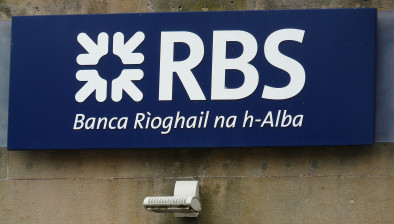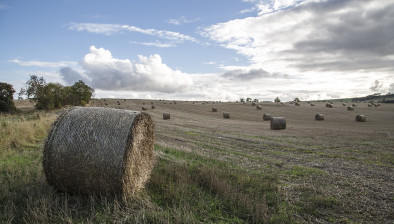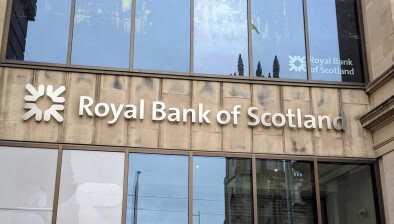RBS: Scottish firms boost hiring despite dip in business activity

Judith Cruickshank
Scotland’s private sector presented a mixed economic picture in September, with a surprising surge in hiring set against a backdrop of falling business activity and declining new orders.
Businesses took on additional staff for the first time in four months and expectations for the coming year strengthened.
This marked only the second instance when staffing levels have risen in the past ten months. The upturn was centred on services firms, where businesses highlighted the successful onboarding of apprentices and contractors.
Nonetheless, business activity slowed – contrasting with a positive spike witnessed in August.
The data is part of the headline Royal Bank of Scotland Growth Tracker – a seasonally adjusted index that measures the month-on-month change in the combined output of the region’s manufacturing and service sectors – slipped back below the neutral threshold of 50.0 in September, posting 49.2 from 50.3 in August and signalling a slight decrease in activity. Private sector output has now fallen in two of the last three survey periods.
Economic uncertainty, weakening demand conditions and financial constraints were reasons mentioned by panellists for the fall in output.
Commenting on the Tracker’s findings, Judith Cruickshank, chair of RBS’ Scotland board, said: “September’s Regional Growth Tracker offers signs for optimism and examples of Scottish firms taking a proactive approach to the challenges business across the UK are currently facing.
“Payroll numbers in Scotland were expanded for the first time in four months and, despite intensifying cost pressures, businesses here opted to raise their charges only marginally. In fact, the rate of increase was the slowest observed since the early stages of the COVID-19 pandemic five years ago.
“Nonetheless, this positivity remains restricted mostly to services and Scottish firms are still experiencing rising cost pressures and challenges driven by weak demand conditions, prompting some to lower their charges.”
At the UK-level, growth in output slowed and was only fractional.
Scottish private sector firms recorded a fall in new business in September, thereby extending the current run of contraction to 12 months. Moreover, the rate of decrease was solid and the fastest since March. Weakening underlying demand trends and economic uncertainty were said to have led to the latest decrease.
New business also fell at the UK-level, following an expansion in the month prior. That said, the pace of decrease in the UK as a whole was much softer than that observed for Scotland.
Despite the drop in new orders, firms in Scotland remained strongly optimistic about output growth prospects for the coming year, linked to plans to improve operational performance, introduce new products and commence new projects. The level of confidence strengthened to a three-month high, although remained below the long-run and UK-wide averages.
Of the 12 monitored regions and nations, Scotland saw the strongest uptick in staffing numbers. Northern Ireland was the only other area where growth was observed, while declines were posted everywhere else.
Scotland continued to indicate spare capacity in September as new orders fell at a faster pace. Backlogged work decreased solidly, with the rate of depletion remaining largely unchanged from the previous month. The fall in outstanding business in Scotland was weaker than the UK average.
Input prices rose rapidly across Scotland’s private sector in September. The pace of inflation was elevated by historical standards, with the latest increase being the most pronounced in five months and outpacing the UK-wide average. Surveyed panellists noted that higher labour costs, driven by increased NI contributions, promotions, and efforts to retain staff, were central to rising costs.
However, output prices charged for Scottish goods and services rose only fractionally in September. The rate of charge inflation was in fact the slowest in the current 59-month sequence of inflation, and the weakest of the 12 monitored UK regions and nations.
While some firms chose to pass higher costs on to clients, a competitive environment and weak demand conditions prompted some firms to instead lower their charges.








